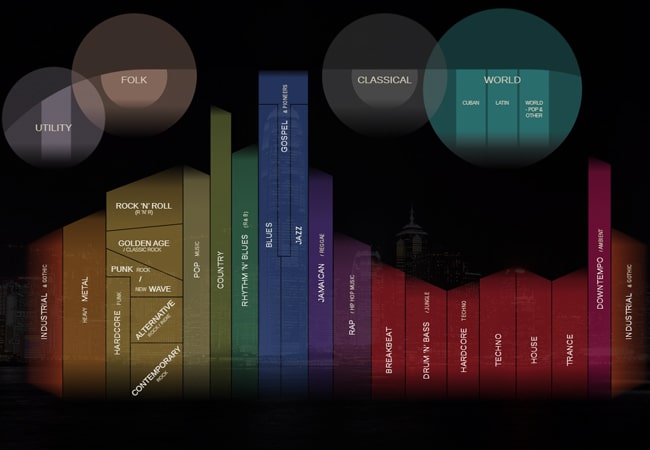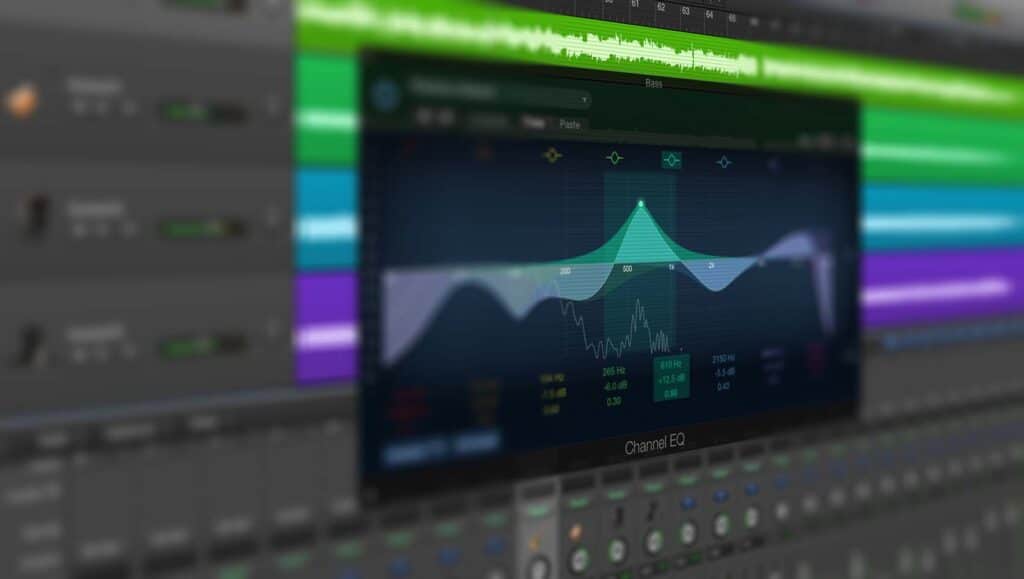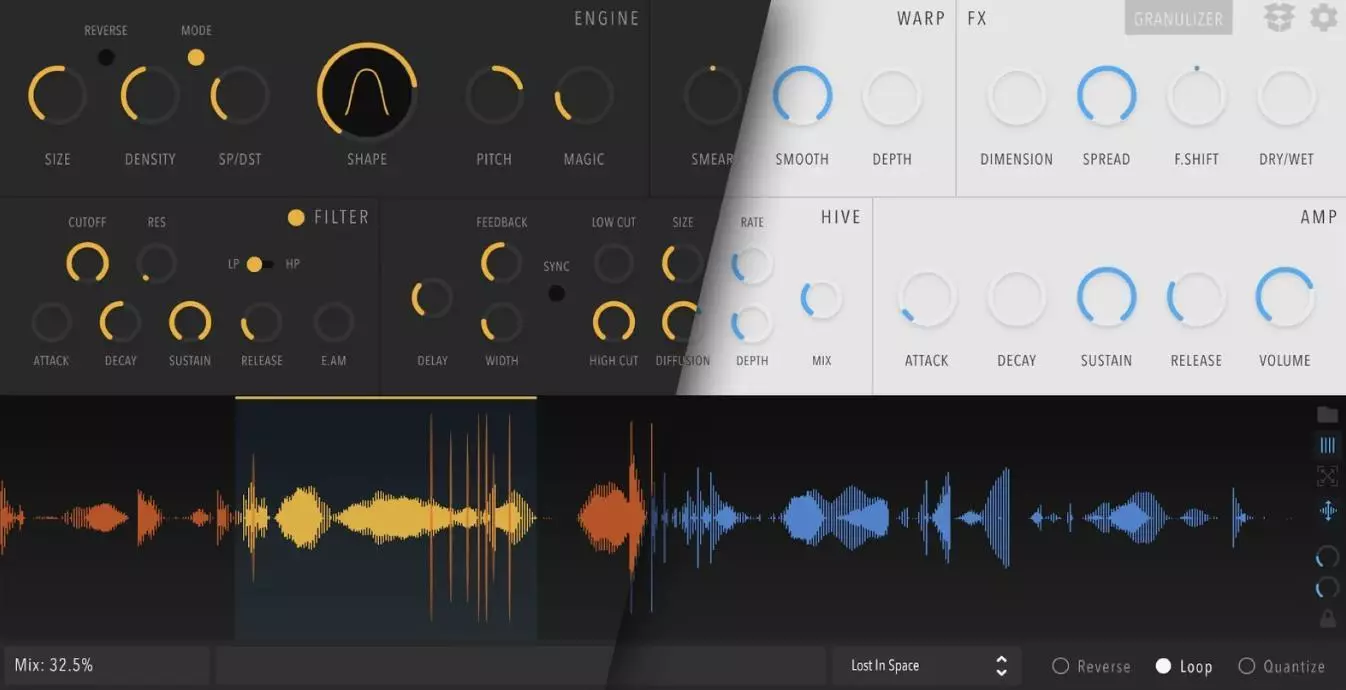Music is an ever-evolving art form that reflects the cultural, social, and technological changes of its time. Understanding musical genres is fundamental to creativity for beginner musicians—it’s like learning the alphabet before writing a story. However, defining and classifying genres is a complex task.
In this article, we’ll explore how to understand music genres—from their essence to practical tips for identifying them by ear.
The Essence and Definition of a Music Genre
A genre is not a static phenomenon; music is a constantly evolving, transforming organism. Genres can be seen as nodes or concentrations within the musical network. They serve as a common denominator for a sufficiently large group of music (not necessarily artists) connected by specific instrumentation, techniques, mentality/ideology, sound, place, and/or time.
Genre classification is often arbitrary and subject to debate, as closely related forms tend to overlap. The number of popular music genres is staggering—easily exceeding 600, and some sources claim there may be over 1,000. If we include listener-created categories (the so-called “folksonomy”), the number can surpass 2,000.
Key aspects of understanding genres:
- Multiplicity of traits: Characteristics that define a genre include not only similar sound or technical elements; subculture, fashion, geography, mindset, and time period can also serve as identifying markers by which a genre is retrospectively recognized.
- Fluid boundaries: Many performers cannot be confined to a single genre; they often exist on the connection between two (or more) nodes rather than within one.
- Retrospective naming: Genre names are often coined by music journalists as a way to summarize dominant trends, sometimes years after their emergence.
- A communicative tool: Genres act as a vital communication instrument (a language), helping us navigate the vast musical universe.
Systematization: Super-Genres and Taxonomy
To handle the vast number of genres, higher-level structures known as super-genres are used.
For example, music can be broadly divided into categories such as:
- Classical Music
- Popular Music — including Avant-garde & Experimental, Blues, Country, Electronic, Folk, Hip-hop, Jazz, Pop, R&B/Soul, and Rock
- Regional
- Religious
- Traditional Folk Music
The platform Musicmap, which charts the genealogy of popular music, identifies 23 super-genres grouped into three major clusters (primary colors): Blue Note (blue), Rock (yellow), and Electronic Dance Music (EDM) / Dance (red).
Examples of super-genres that help navigation:
- BLUE NOTE: Blues, Jazz, Gospel
- ROCK: Rock’n’Roll, Golden Age, Punk/Wave, Hardcore, Alternative/Indie
- EDM / DANCE: Breakbeat, Drum’n’Bass, Techno, House, Trance, Downtempo/Ambient
For systematic analysis, a top-down approach is often used, where the horizontal axis defines the super-genre and the vertical axis represents time. This structure preserves chronology, which is crucial for understanding musical evolution.
Practical Tips: How to Identify Genres by Ear
Although there are countless hybrid and subgenres, certain key characteristics can help you recognize a musical style.
1. Check the Tempo (BPM)
One of the most significant indicators is tempo, measured in beats per minute (BPM). Knowing typical BPM ranges provides a reliable starting point.
| Genre | Typical BPM |
|---|---|
| Reggae | 60–90 |
| R&B | 60–80 |
| Hip-hop | 85–115 |
| Pop | 100–130 |
| Rock | 110–140 |
| House | 118–135 |
| Techno | 120–160 |
| Dubstep | ≈140 |
| Jungle | 155–180 |
| Drum and Bass | 165–185 |
2. Analyze Drum Patterns
When genres share similar tempo ranges, differences in drum patterns become the main identifying feature.
- Hip-hop: A basic hip-hop beat usually places the kick on the 1st, 9th, and 11th sixteenth notes, and the snare on the 5th and 13th.
- Post-disco and Pop: Typically feature eighth-note hi-hats and snares on beats 2 and 4. The kick may play quarter notes (for a “driving” feel) or on 1 and 3 (for a more relaxed groove).
- Dubstep: Recognizable by its half-time feel—the snare always lands on the third beat, creating the genre’s signature rhythm.
3. Listen for Other Elements
Some genres have other distinct markers that help identify them:
- Instruments: Saxophone improvisation is a hallmark of jazz. Electric guitars define rock, and heavily distorted guitars define metal.
- Vocals: Range from soft and expressive (pop) to harsh screaming (death metal). Rap is easily recognized by rhythmic spoken delivery.
- Arrangement/Structure: Genres like chill-out and ambient often lack strong structural progression—the track evolves gradually or not at all.
- Mood/Atmosphere: In electronic music, overall mood is often the key differentiator between subgenres with similar tempos (e.g., liquid dubstep vs. darkstep).
Evolution of Key Genres
Understanding musical history provides context for the cultural influences, artistic movements, and social changes that shaped modern music.
- Classical Music: Originating as early as the 11th century, it spans from structured Baroque compositions to the emotional works of the Romantic era and avant-garde approaches of the 20th century. Known for its emotional depth and complex structures.
- Jazz: Emerged in late 19th- and early 20th-century New Orleans, combining elements of blues, ragtime, and marching music. Its key traits are improvisation and complex rhythms.
- Rock and Roll: Born in the 1950s, blending blues, rhythm and blues, and country. Characterized by a strong beat, electric guitars, and expressive, energetic performance.
- Hip-hop: Originated in 1970s Bronx, New York, as a powerful form of cultural expression. Combines rhythm and poetry (rap, DJing, beatmaking) to tell stories and address social issues.
- Electronic Music: A product of late 20th-century technological innovation, defined by electronic instruments like synthesizers and drum machines. Includes subgenres such as techno, house, and trance, enabling limitless sonic creativity.
Conclusion
Understanding music genres not only broadens musical knowledge but also deepens appreciation and creativity. While genre classification is an imperfect tool, it remains essential for navigating the vast musical universe.
For beginner musicians, exploring different genres—their unique characteristics and psychological effects—opens new creative possibilities, helps develop a personal style, and strengthens the connection with the audience.
For a detailed comparison of similar electronic music styles, see our article on UK Garage vs Future Garage: Differences and Musical Features.





